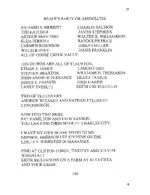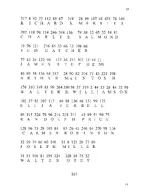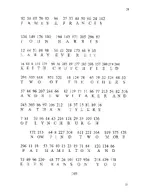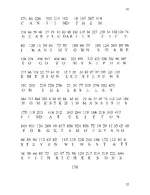You all have a patience I can only hope to obtain.
jhonnz41, there is a saying that goes, extraordinary claims require extraordinary proof. I genuinely want you to be correct, but the more hints you give the more doubtful of your claim I become. If you want you can send me your solution and I can test it in my program and if it follows the rules of a normal cryptogram you will have computer-backed non-biased evidence to present going forward. Failing that tho, I'm not sure this particular thread is the best place to drop your hints or ask for help figuring out the answers to questions that you won't actually say.
With that said, I am becoming more dubious of any decipherable content being in Cipher 1 to begin with. There is something weird going on with it, but what that is I cannot say. In any case if it does have content it doesn't seem to follow normal sentence rules.
View attachment 1832595
These graphs show the normalized success rate of a Trigrams being found in each Cipher. I added a pass with randomly generated words, 1 where I randomly rearranged the numbers of the cipher text and one where I used completely random numbers to create a new cipher the same size as each of the originals. 2 and 3 have very similar patterns, the differences being at least partly due to the size of each cipher and complexity due to how many repeating numbers. Cipher 1 tho is a mess. It seems to indicate that it is not pure randomness but given that it produces alphabet strings when decoded with the DOI that's not news. My guess is that either it was deliberately created by Ward + friends entice people into thinking there was something there when there wasn't so the papers would sell better, or potentially, if you're into this sort of thing, created by Beale to throw people off from the location by the easy to find pattern making people think that was the true location text rather than the third. This would explain a couple of things, for instance why the third document appears to be too short to include the names and relatives and locations of 30 people, and why he would bother to encode the names in the first place. ¯\_(ツ)_/¯
There is a bit more to unpack here, for instance the curves may indicate close-ness to an answer, ie the less normal (bell curve) they are they closer to the true solution, but I'll save it for after I've ran some more trials.








 Meaning...Finders keepers
Meaning...Finders keepers
